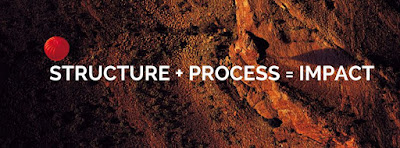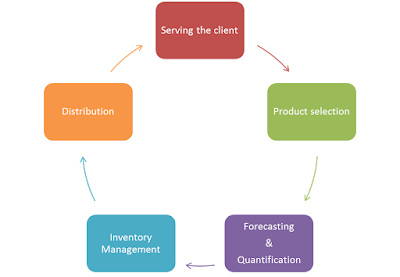Structure + Process = Impact
- Get link
- X
- Other Apps
Every initiative
or solution is concerned about impact in the long run and learning is not
left out. In fact the quest for learning impact has increased in recent
times. Gone are the days when you think that all that matters
are the evaluation or (happy) sheets after a training event.
"Impact" is the reigning buzz word in learning.
While I
completely agree with the need for impact, we seem to always forget that impact
can only come when there is a proper structure and we follow through on the
process. The mere fact that structure and process are often ignored
account for the lack of evidence in trainings or learning impact.
Let us look at
the very simple approach to learning: Need assessment - Design - Development
- Implementation - Evaluation. When we fail to establish a proper
structure for learning , we hardly will see the impact of what we have done.
The same for process; truth be told, in process lies the key to impact. At each
point in the learning process, you are forced to consider the "Why" factor
and the why or reason for doing a thing is the answer to impact. If we do not
establish what is really needed in learning, how do we know when there is a
positive change? How do we track and see why we are not making as much
impact.
Mind you having
a clear structure and process do not exclude us from thinking outside the box
as some schools of thought always assume. Many think that structure and
process bring rigidity. I'm sure we all want to see structure and process in
the bank where we keep our money or in the schools we enrol our children.
The first step
in determining impact of our learning initiatives is to consider our structure
and process. There lies the answer to behavioural change, the results we
desire and the impact or return on investment we crave for.
Bayo|
bayus007@yahoo.com|www.learningclub7.blogspot.nl
- Get link
- X
- Other Apps



Comments
Post a Comment